Welcome to Vigan, a city that perfectly encapsulates the rich history, culture, and resilience of the Philippines. Nestled in the Ilocos Sur province, this UNESCO World Heritage Site is famous for its well-preserved Spanish colonial and Asian architecture. In this article, I will share firsthand experiences, detailed travel tips, and a guide to the best attractions in Vigan, ensuring you make the most of your unforgettable journey.
Table of Contents
- Overview of Vigan
- How to Get to Vigan
- Top Attractions in Vigan
- Cultural Experiences in Vigan
- Culinary Delights
- Where to Stay
- Travel Tips for Vigan
- Pros and Cons of Visiting Vigan
- FAQs about Vigan
Overview of Vigan
Vigan is not just a city; it’s a time capsule that transports you back to the colonial era. The streets are lined with cobblestones, and the majestic architecture makes you feel like you’ve stepped into a different world. During my first visit, I was immediately captivated by the charm of Calle Crisologo, where you can wander among antique shops and traditional inns.
History of Vigan
Founded in the 16th century, Vigan thrived as a center for trade between the Philippines and other Asian nations. The city’s unique blend of indigenous, Spanish, and Chinese influences is evident in its architecture, cuisine, and culture.
Why Visit Vigan?
- Rich history and culture
- Delicious culinary experiences
- Beautiful colonial architecture
- Warm hospitality from locals

How to Get to Vigan
Getting to Vigan is quite convenient, whether you’re traveling from Manila or other parts of Luzon. Here are the best options:
By Air
The nearest airport to Vigan is the Laoag International Airport (LAO). From there, you can take a bus or a taxi to Vigan, which is about a 2-hour drive.
By Bus
Several bus companies operate routes from Manila to Vigan, including Partas Transport and Virgen Milagrosa. The journey typically takes around 8-10 hours, but the scenic views along the way make it worthwhile.
Driving
If you prefer to drive, the North Luzon Expressway (NLEX) and Tarlac-Pangasinan-La Union Expressway (TPLEX) provide direct routes to Vigan. Just be mindful of local traffic rules and road conditions.
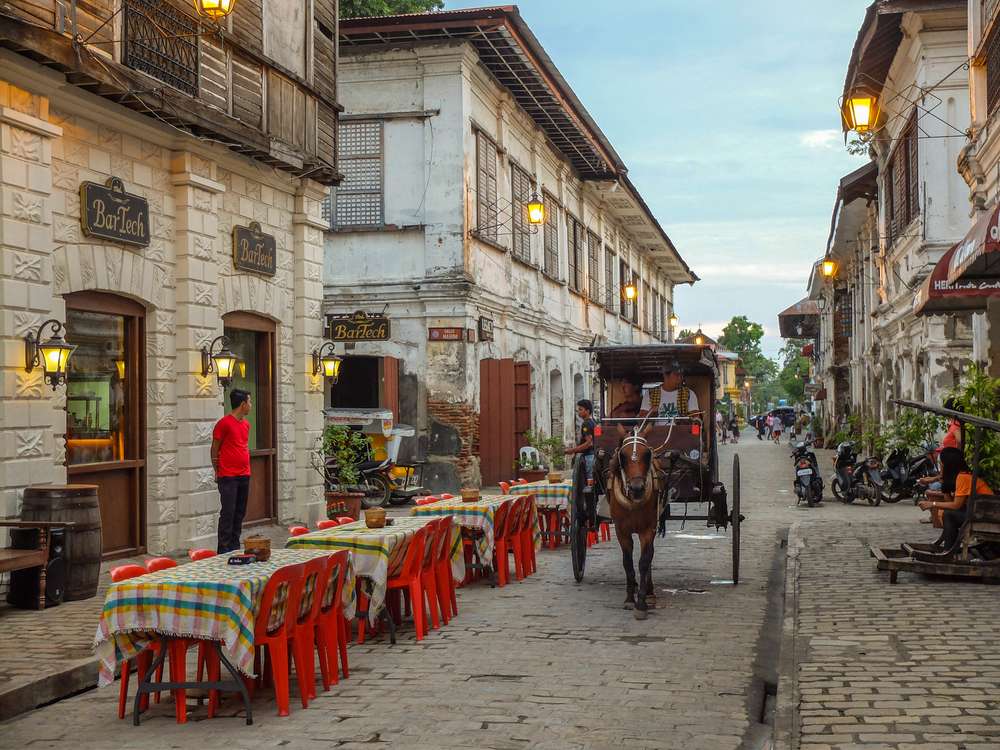
Top Attractions in Vigan
Vigan is brimming with attractions that showcase its cultural heritage. Here are some must-visit sites:
Calle Crisologo
This historic street is the heart of Vigan. As you stroll along the cobblestones, admire the well-preserved ancestral houses, many of which are now shops and restaurants. I spent hours wandering here, enjoying the vibrant atmosphere and snapping photos of the stunning architecture.
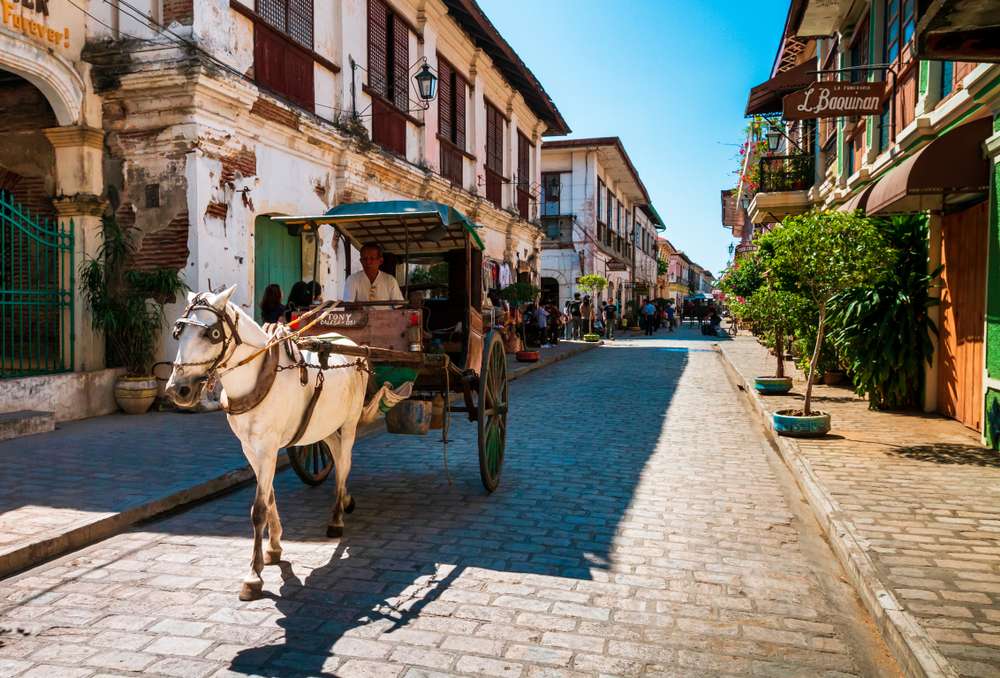
Vigan Cathedral (St. Paul Metropolitan Cathedral)
Located at the city’s center, this beautiful cathedral is one of the oldest in the Philippines. Its baroque architecture and stunning interior make it a peaceful place to visit. Don’t forget to light a candle and make a wish!
Bantay Bell Tower
Just a short distance from Vigan, this iconic bell tower offers panoramic views of the city and the surrounding landscape. Climbing the tower is a must-do, especially at sunset when the views are breathtaking.
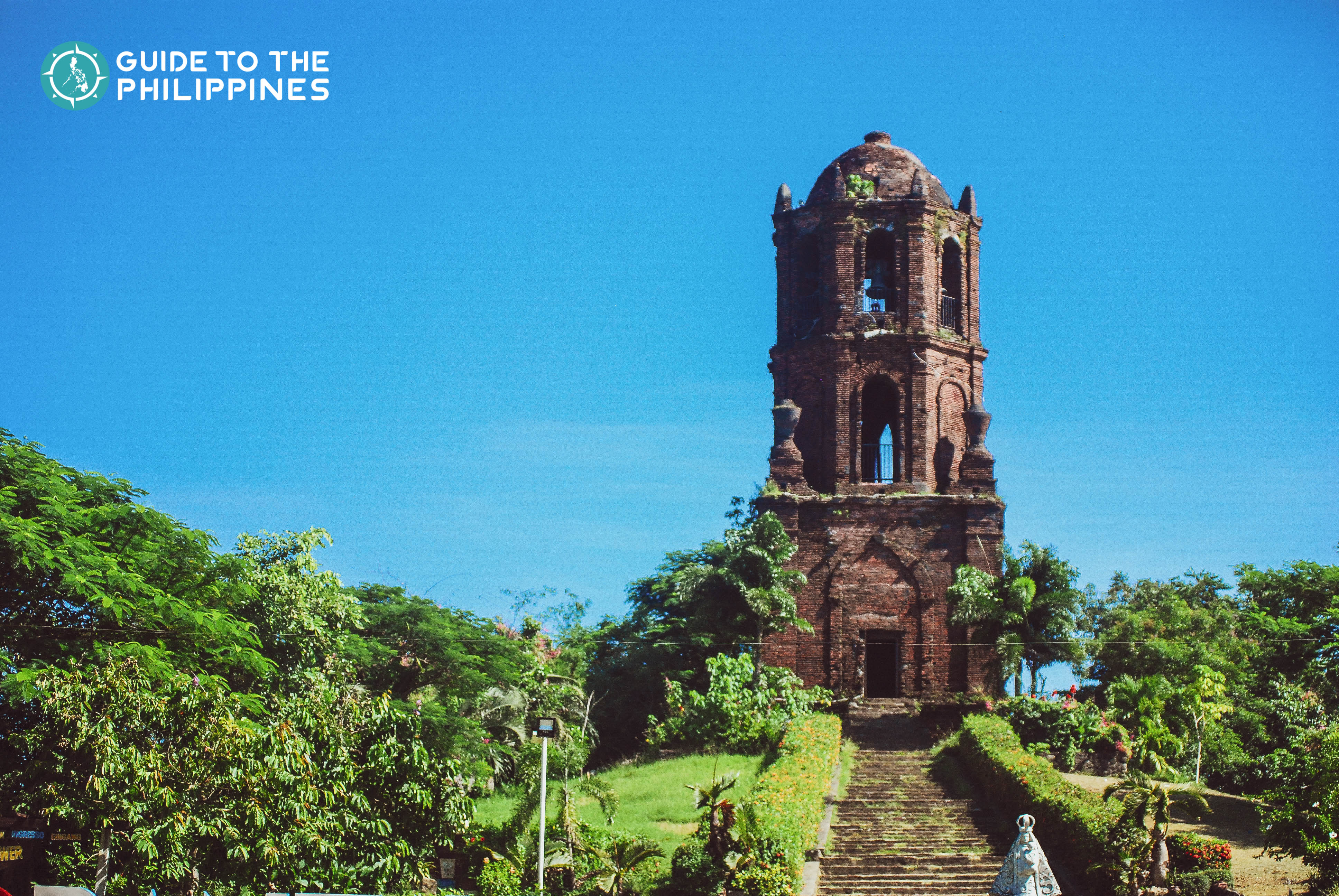
Syquia Mansion Museum
This ancestral home showcases the lifestyle of a wealthy family during the Spanish colonial period. The museum features furniture, artifacts, and memorabilia that offer a glimpse into the past.
Pagburnayan Jar Factory
Experience traditional pottery-making at this local factory. You can watch artisans mold clay into beautiful jars, a skill passed down through generations. I had the chance to try my hand at making my own pot, which was both fun and challenging!

Cultural Experiences in Vigan
Embrace the culture of Vigan through its local traditions and festivals.
Viva Vigan Binatbatan Festival of the Arts
This annual festival held in the second week of May celebrates the city’s cultural heritage through dance, music, and art. Participating in this festival gave me a deeper appreciation for Vigan’s rich traditions.
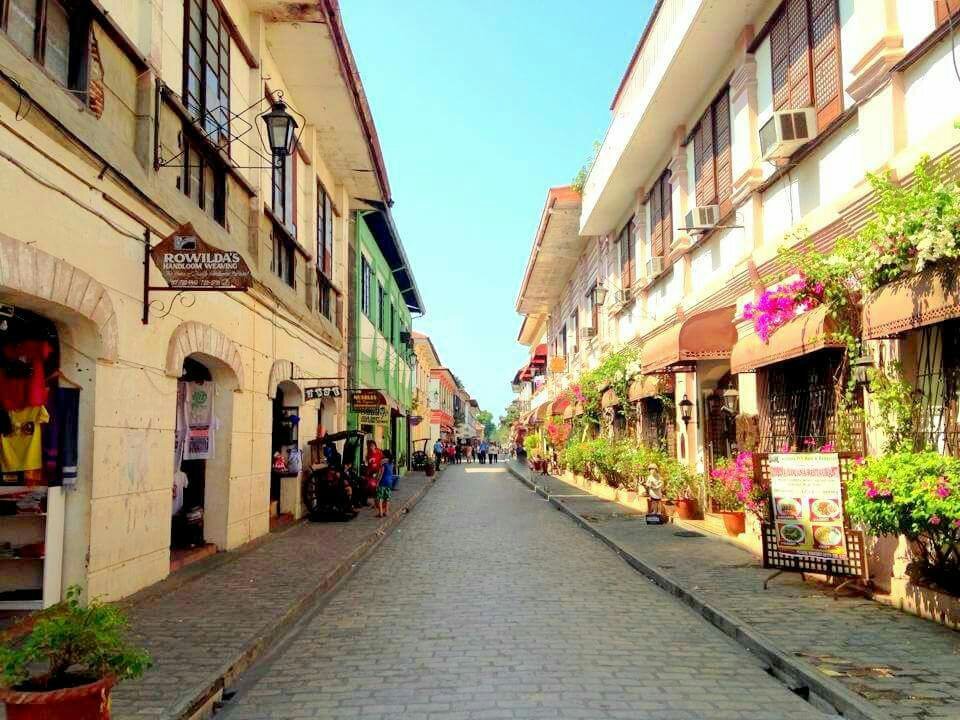
Local Crafts and Souvenirs
Shopping in Vigan is an adventure in itself. Look for woven products from the Ilocos region, like abel iloko, a traditional fabric that makes for great souvenirs or gifts. I brought back a beautiful handwoven blanket that always reminds me of my time in Vigan.
Culinary Delights
No trip to Vigan is complete without indulging in its local cuisine. Here are some dishes you must try:
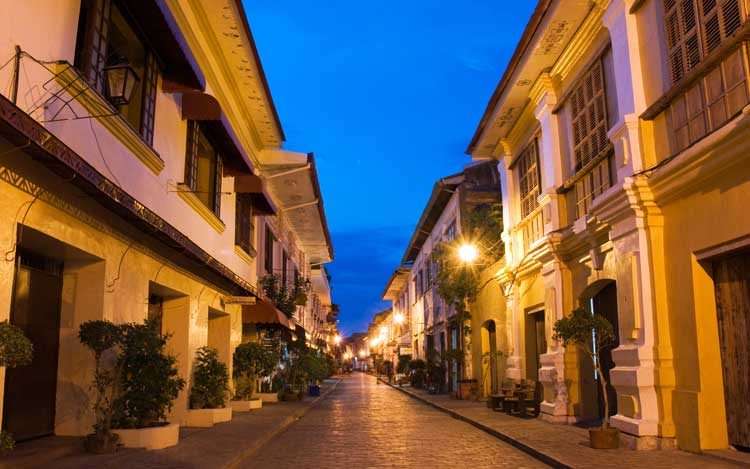
Longganisa
This sweet and garlicky sausage is a local favorite. I enjoyed it served with garlic rice and fried eggs, making for a hearty breakfast that fueled my day of exploring.
Bagnet
For those who love crispy pork, bagnet is a must-have. This deep-fried delicacy is usually served with a side of pinakbet, a vegetable dish that balances the richness of the pork perfectly.
Empanada
This savory pastry filled with meat, veggies, and sometimes egg is a popular street food. I loved grabbing an empanada from a local vendor as I wandered through the streets—perfect for a quick snack!
Where to Stay in Vigan
Vigan offers a range of accommodations to suit different budgets. Here are some options:
Luxury Hotels
Villa Angela Heritage House
This charming hotel offers a mix of modern comfort and traditional decor. The hospitable staff made my stay memorable, and the breakfast was delicious! Rated 4.5/5 on TripAdvisor.
Mid-Range Options
Hotel Luna
A boutique hotel that combines art and comfort. The rooftop bar provides stunning views of the city, and the on-site restaurant serves delectable dishes. Rated 4.7/5 on Agoda.
Budget Stays
Gordion Hotel
A cozy option with friendly service and clean accommodations. It’s conveniently located near major attractions. Rated 4.2/5 on Booking.com.
Travel Tips for Vigan
Here are some handy travel tips to ensure a smooth and enjoyable visit:
Best Time to Visit
The best time to visit Vigan is during the dry season, from November to April, when the weather is pleasant for exploring.
Getting Around
Vigan is best explored on foot. However, you can also hire a kalesa (horse-drawn carriage) for a unique ride around the city.
Stay Hydrated
Walking around can be tiring, especially during the hot summer months. Don’t forget to carry a water bottle to stay hydrated.
Respect Local Customs
Vigan’s residents are warm and welcoming. Always greet locals with a smile, and be respectful of their traditions.
Pros and Cons of Visiting Vigan
Like any destination, Vigan has its ups and downs. Here’s a quick breakdown:
| Pros | Cons |
|---|---|
| Rich cultural heritage | Some areas can be crowded, especially during peak tourist season |
| Delicious local cuisine | Limited public transportation options |
| Welcoming locals | Hot and humid weather during summer months |
| Variety of attractions | Some attractions may require entrance fees |
FAQs about Vigan
What is the best time to visit Vigan?
The ideal time to visit is from November to April when the weather is dry and cooler.
How long should I stay in Vigan?
A stay of 2-3 days is ideal to explore the major attractions and enjoy the local culture without feeling rushed.
Is Vigan safe for tourists?
Yes, Vigan is generally safe for tourists. However, as with any destination, it’s advisable to take standard safety precautions.
What local delicacies should I try in Vigan?
You must try Vigan Longganisa, Bagnet, and Empanada for an authentic culinary experience.
Are credit cards accepted in Vigan?
While some establishments accept credit cards, it’s best to carry cash for local markets and smaller vendors.
In summary, Vigan is a treasure trove of history, culture, and culinary delights. Whether you’re wandering down the enchanting streets of Calle Crisologo or sampling the local cuisine, every moment spent here is a memorable one. I hope this guide helps you plan your trip and discover the beauty of Vigan, just as I did!